Difference between revisions of "Lizard leather"
| Line 43: | Line 43: | ||
</p> | </p> | ||
<p align=center> | <p align=center> | ||
| − | [[bild: | + | [[bild:Iguana leather-01.jpg|250px]] |
| − | [[bild: | + | [[bild:Iguana leather-02.jpg|250px]] |
</p> | </p> | ||
<p align=center> | <p align=center> | ||
Revision as of 12:37, 19 November 2016
Contents
Lizard leather
Lizards is an epitome for four-legged reptiles with a rather long tail and rather short neck. The skin of lizards, like the skin of crocodiles and snakes, belongs to the group of reptiles.
For the processing of leather, especially the larger animals are interesting. The skin is more stable and larger areas are easier to process. Lizard's skins are characterized by closely spaced bumpy fields. The skin is thinner and more mobile at the points where the bumps meet.
The main purpose of lizard leather is the production of handbags and shoes.
Iguana leather
Iguanas are found on the American double continent from the South of the USA to Paraguay, the Caribbean islands, the Galápagos Islands and the Fiji Islands. Particularly before the great world economic crisis until 1928, iguana leather was a sign of luxury.
Iguana leather in a car of 1928.
Leather seats in vehicles was a fashion of the rich in the years 1926-1928. At this time, several French highly-specialized carriages had created interior fittings made of reptile leather for some particularly expensive individual pieces (Bugattis, Mercedes, etc.). Certain snake species as well as reptile skins were used. The small pieces of lizard leather were processed like "patchwork" to larger surfaces. Up to 400 lizard skins were processed for one vehicle. This fashion was very quickly over with the stock market crash of 1928.
Iguana leather handbags with animal heads.
Iguana leather handbag with animal head (DLM - German leather museum in Offenbach).
Monitor lizard
There are about 79 species of monitor lizards native to the tropical and subtropical areas of Africa, Asia and Australia..
Monitor lizard leather (DLM - German leather museum in Offenbach).
Leather grain - Grain side of the monitor lizard leather.
Monitor lizard leather handbag (right DLM - German leather museum in Offenbach).
Shoes made of monitor lizard leather.
Teju leather
The Teju lizard has a length of about 1.50 meters and a a weight of about 7 kilos. The Teju lizard is widely spread throughout South America. Especially in Argentina, Paraguay, Uruguay (Lagarto) and Brazil.
Teju lizard in Brazil and Argentina.
Teju lizard leather.
Video about leather of different animal species
Leather of different animal species - Exotic leather
Other exotic leather
- Alligator leather
- Alpaca fur
- Antelope leather
- Armadillo leather
- Bird leather
- Bull testicles
- Caiman leather
- Camel leather
- Carpincho leather
- Cat fur
- Chicken leather
- Crocodile leather
- Dog leather
- Donkey leather
- Elephant leather
- Fish leather: Eel, shark, salmon, moray eel, stingray and many others
- Frog leather - Toad leather
- Giraffe leather
- Hippo Leather
- Horsehide - Horse leather
- Kangaroo leather
- Llama Fur
- Ostrich leather
- Pangolin leather
- Peccary leather
- Rumen leather
- Sealskin leather
- Snakeskin
- Turtle skin
- Walrus leather
- Yak leather
- Zebra hide







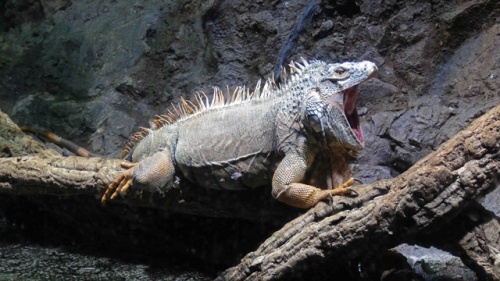

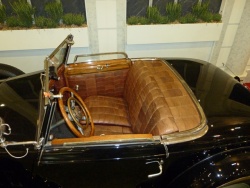
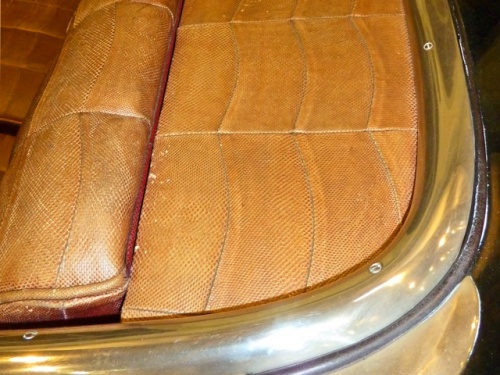
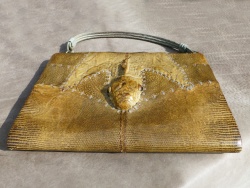
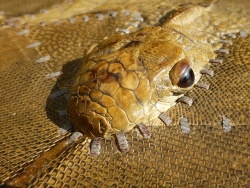
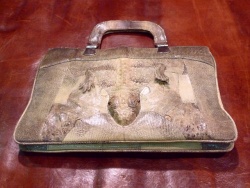
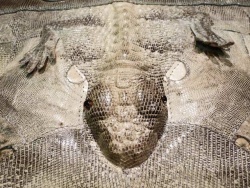
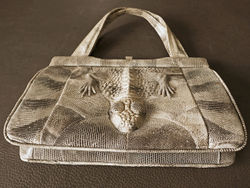
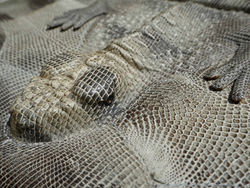
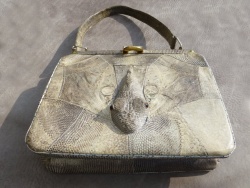
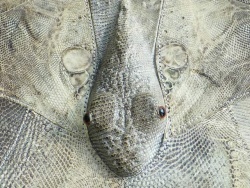
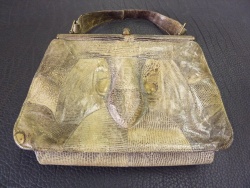
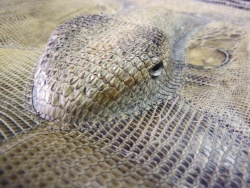
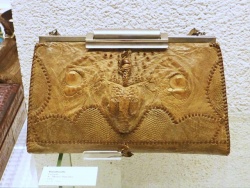
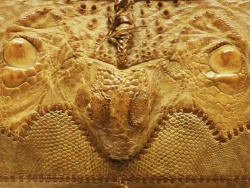
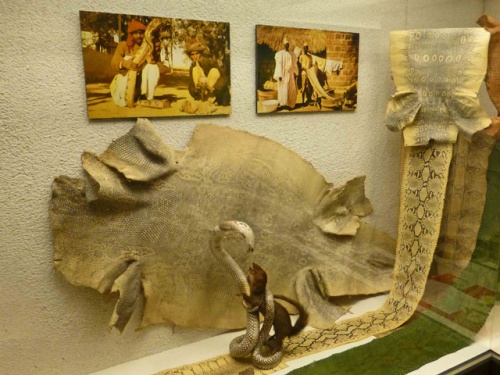
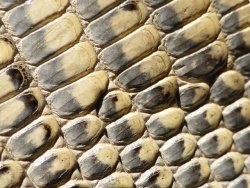
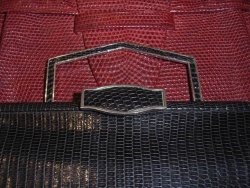
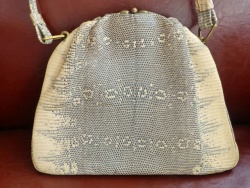
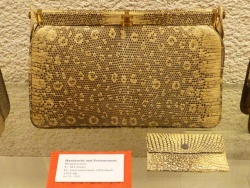
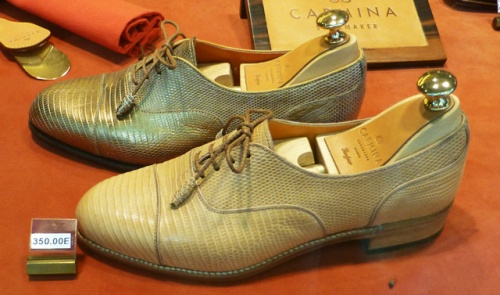
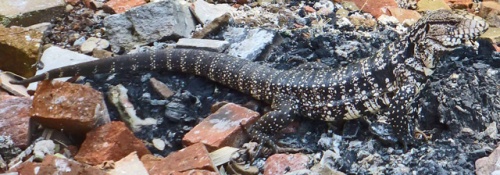
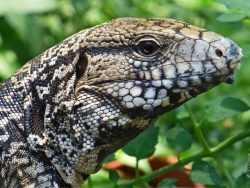
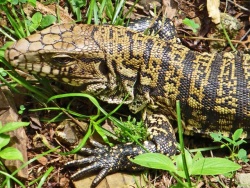
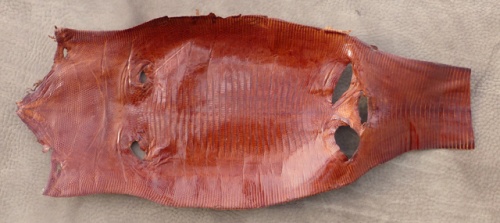


 a kotori web solution
a kotori web solution